DOES ARTIFICIAL = UNHEALTHY?
WE LOOKED AT THE EVIDENCE
“Artificial” or “synthetic” are not necessarily synonymous with unhealthy, just as “natural”, is not necessarily healthy. Remember, sugar is natural too. However, intuitively, we feel that natural ingredients are more likely to be well tolerated by the body and to not have large, unknown health consequences, particularly because they are transformed by mechanisms in our body that have been selected through long evolutionary processes. Unfortunately, many artificial compounds have unexpected interactions with our complex metabolic system and its network of biochemical signals. Here is a list of the main artificial sweeteners and evidence that led us to avoid them.
Maltitol
What is it & Why we avoid
This is the MOST COMMON sweetening ingredient in ‘sugar-free’ chocolate. WHY? Because it tastes like sugar, feels like sugar and behaves like sugar. Food companies love it for these reasons, coupled with the fact that they can state that their product has 0g / 100g sugar. Maltitol has c. 2.8-3.5 calories per gram, similar to sugar (4 kcal/g). It is metabolised into sorbitol and GLUCOSE. Sorbitol in turn is metabolised into FRUCTOSE. Sound familiar?
View MoreIsomalt
What is it & Why we avoid
Isomalt is made from sucrose and breaks down into glucose (50%), sorbitol (25%) and mannitol (25%) (i). Mannitol is – like sorbitol – metabolised into fructose. It has c. 2kcal/g.
View MoreSorbitol
What is it & Why we avoid
Thankfully, this sweet sugar alcohol is less often used in chocolate and food products these days, mainly due to its highly laxative effect, but you will still find it in some products. It is metabolised to fructose. What is so paradoxical about sorbitol as a choice away from sugar, is that it feeds into a pathway that is directly associated with diabetes: the polyol pathway that generates fructose and creates reactive oxygen species, mitochondrial dysfunction and advanced glycation end products (AGEs) (i).
View MoreAcesulfame K (Ace-K)
What is it & Why we avoid
Ace-K is an artificial sweetener with a slightly bitter aftertaste, so you will often find it in combination with other artificial sweeteners. It is common in artificially-sweetened drinks.
View MoreAspartame & Neotame
What is it & Why we avoid
Aspartame is an artificial sweetener that breaks down into aspartic acid, phenylalanine and methanol. Products containing it must provide a warning label for phenylketonuria patients. Methanol is further broken down into formaldehyde. There are thousands of studies on the independent, adverse health impacts of excessive aspartic acid, phenylalanine and methanol. Although if A causes B, and B causes C, this does not necessarily mean that A certainly causes C, yet often it does.
NEOTAME is made from ASPARTAME, and is very similar structurally. Because neotame is 7,000-13,000x sweeter vs. SUGAR, it can be used in tiny quantities, and be HIDDEN in the words “flavours” or “flavouring” on food labels.
View MoreSaccharin
What is it & Why we avoid
Saccharin (a.k.a. benzoic sulfimide) is an artificial sweetener 300-400x as sweet as sugar and has a metallic aftertaste at high concentrations. Beyond the warning label saccharin used to have due to associations with bladder cancer, there are other clear reasons why humans should not be ingesting this substance.
View MoreD-Tagatose (Tagatose)
What is it & Why we avoid
Tagatose is a very similar molecule to fructose and appears to have very similar metabolic consequences. Fortunately, it is not widely used.
View MoreSucralose
What is it & Why we avoid
Sucralose is produced by chlorination of sugar (sucrose) and is a highly stable molecule, so much so that it is used to track water pollution and is accumulating in the environment, with unknown long-term consequences. It was created during the production of an insecticide and is now used in many artificially-sweetened food and drink products.
View More